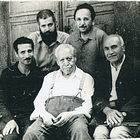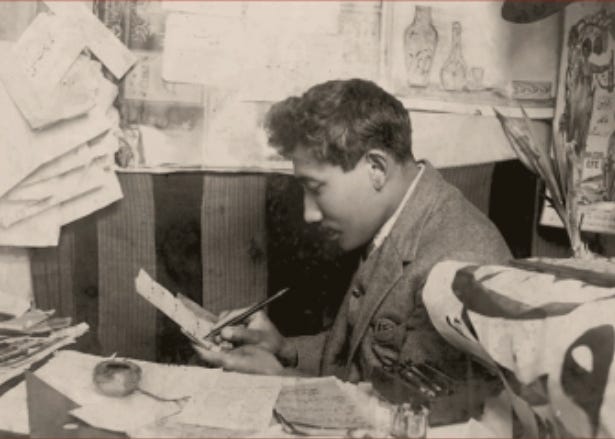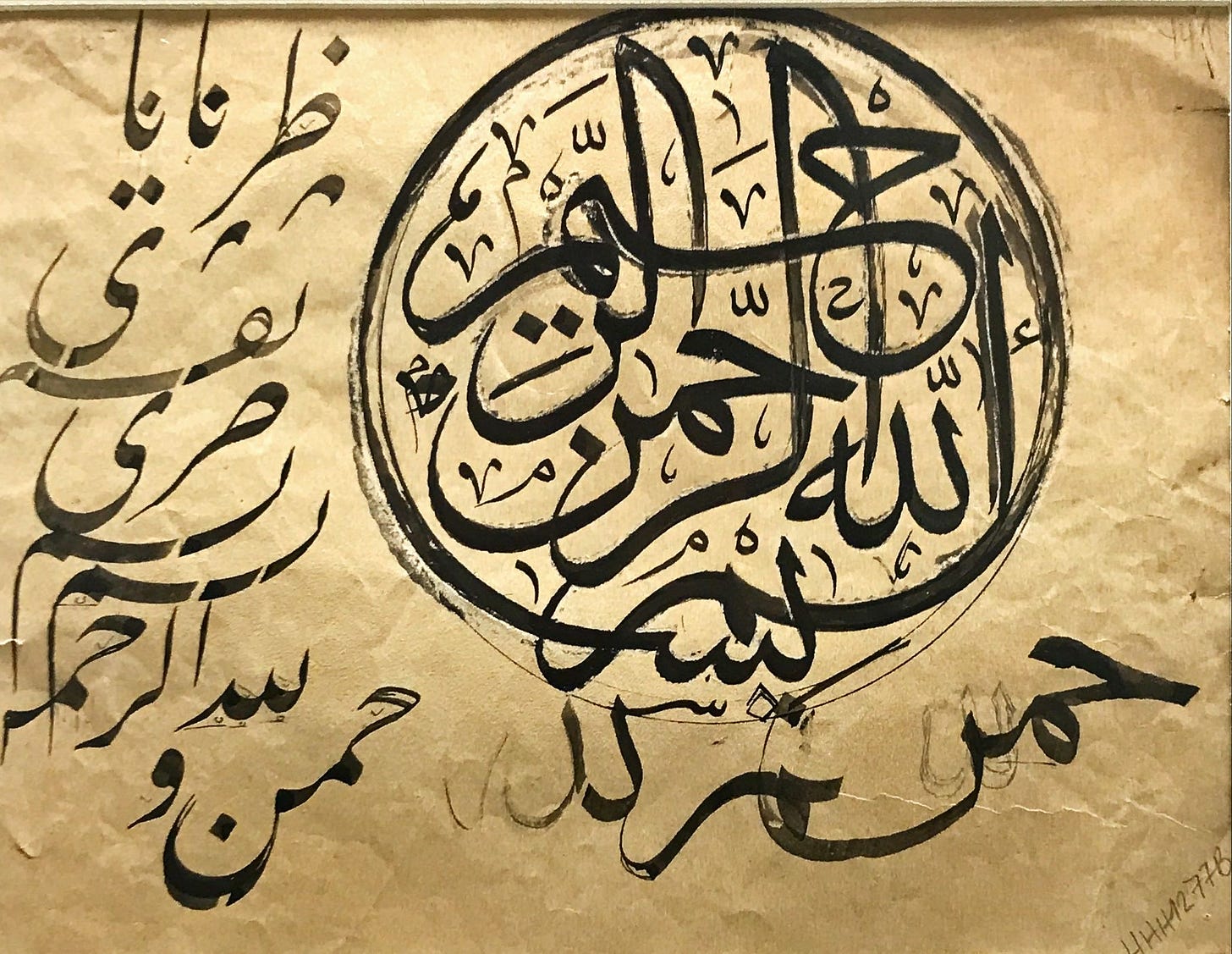Portrait: Mustafa Halim Özyazıcı, Part 1
The Early Years and Rise of a Calligraphic Maestro.
Introduction

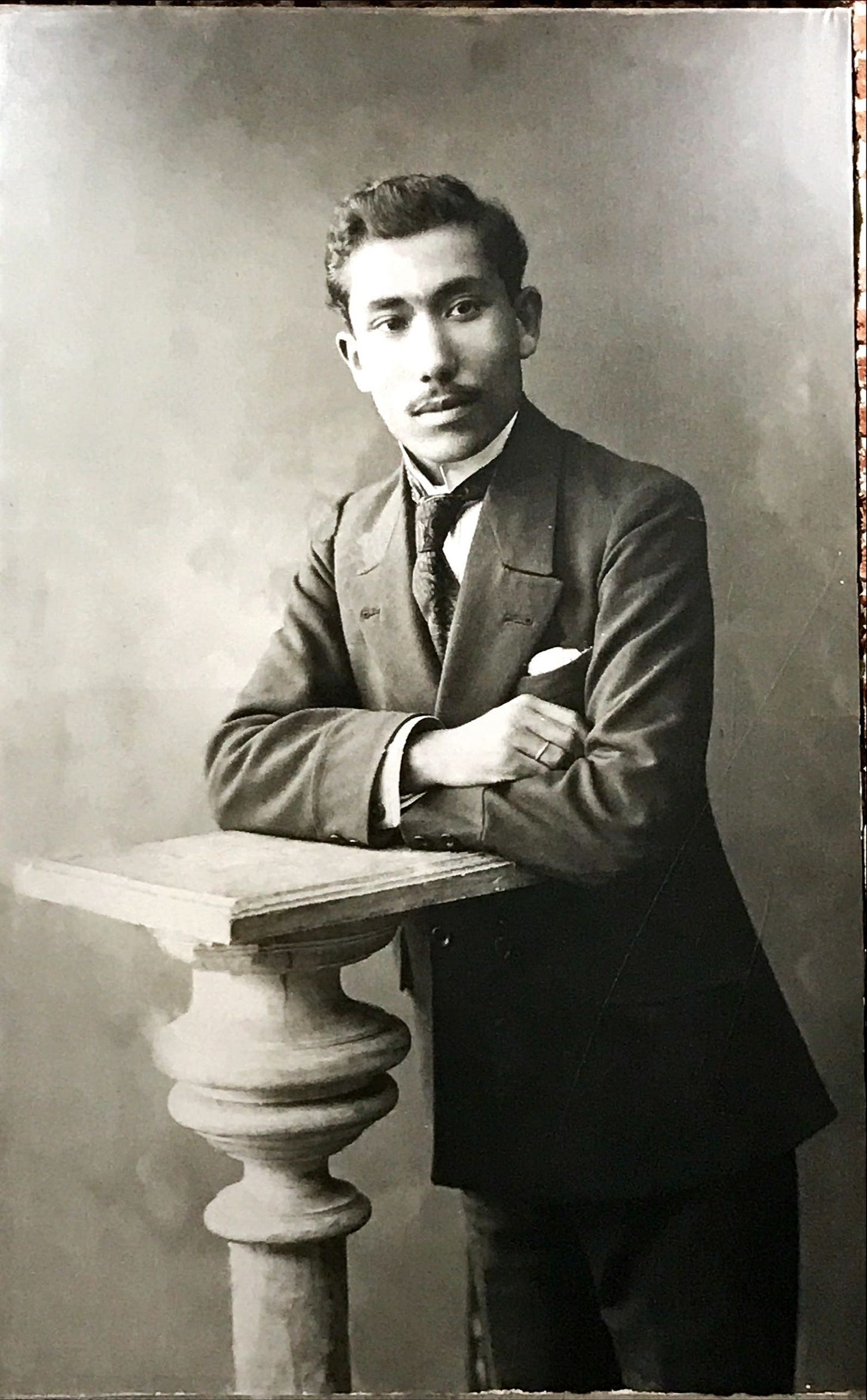
Mustafa Halim Ozyazici was not merely a calligrapher; he was an embodiment of the rich cultural tapestry of the Ottoman Empire transitioning into modern Turkey. His journey from the cobblestone streets of Istanbul to the revered halls of the Medresetü'l-hattatin (The Ottoman School of Calligraphers) showcases a lifetime dedicated to perfecting and preserving the art of Ottoman calligraphy. In this first part of our exploration into his life, we delve into his early years, education, and the initial phases of his illustrious career.
Birth and Early Education
Born on January 14, 1898, in the Etyemez district of Istanbul, Halim Ozyazici was the son of a Crimean father and a Sudanese mother. From a young age, Halim was exposed to the cultural diversity of his city, which later influenced his artistic expression. He began his formal education at the Esekapı Primary School, where his talent in traditional scripts was first nurtured under the guidance of his teacher, Hamid Aytaç.
Advanced Training in Calligraphy
Halim’s passion for calligraphy led him to the Husûsî Gülşen-i Maârif for further education, where he mastered various scripts such as Ruq’ah, Thuluth, Naskh, and Diwani.
Recognizing his potential, his teachers encouraged him to enrol in the Medresetü'l-hattatin, a prestigious institution dedicated to the art of calligraphy. Here, he trained under masters like Hasan Rızâ Efendi and Kâmil Akdik, refining his skills in Thuluth and Naskh, and exploring the complex forms of Jali Thuluth and Ta’liq.
Early Career and Contributions
Upon graduating in 1918, Halim joined the Imperial Court. His role involved crafting official documents and correspondence, which sharpened his precision and stylistic elegance. When World War I erupted, he served as a calligrapher in the Military Printing House, a role that he continued post-war in various governmental printing houses. This period was crucial in establishing his reputation as a skilled calligrapher capable of handling significant state and religious texts.
Adapting to New Scripts
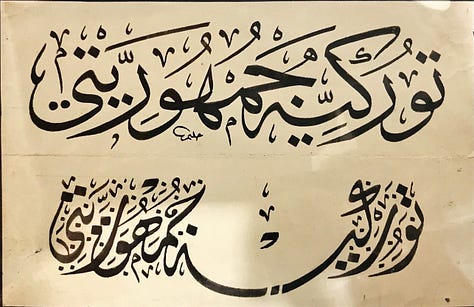
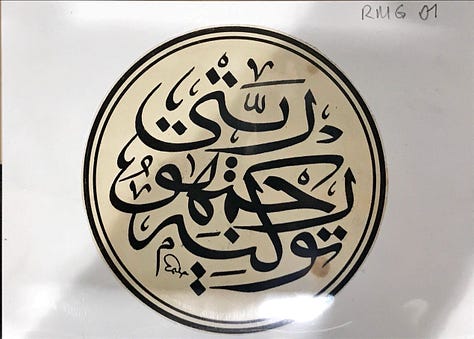

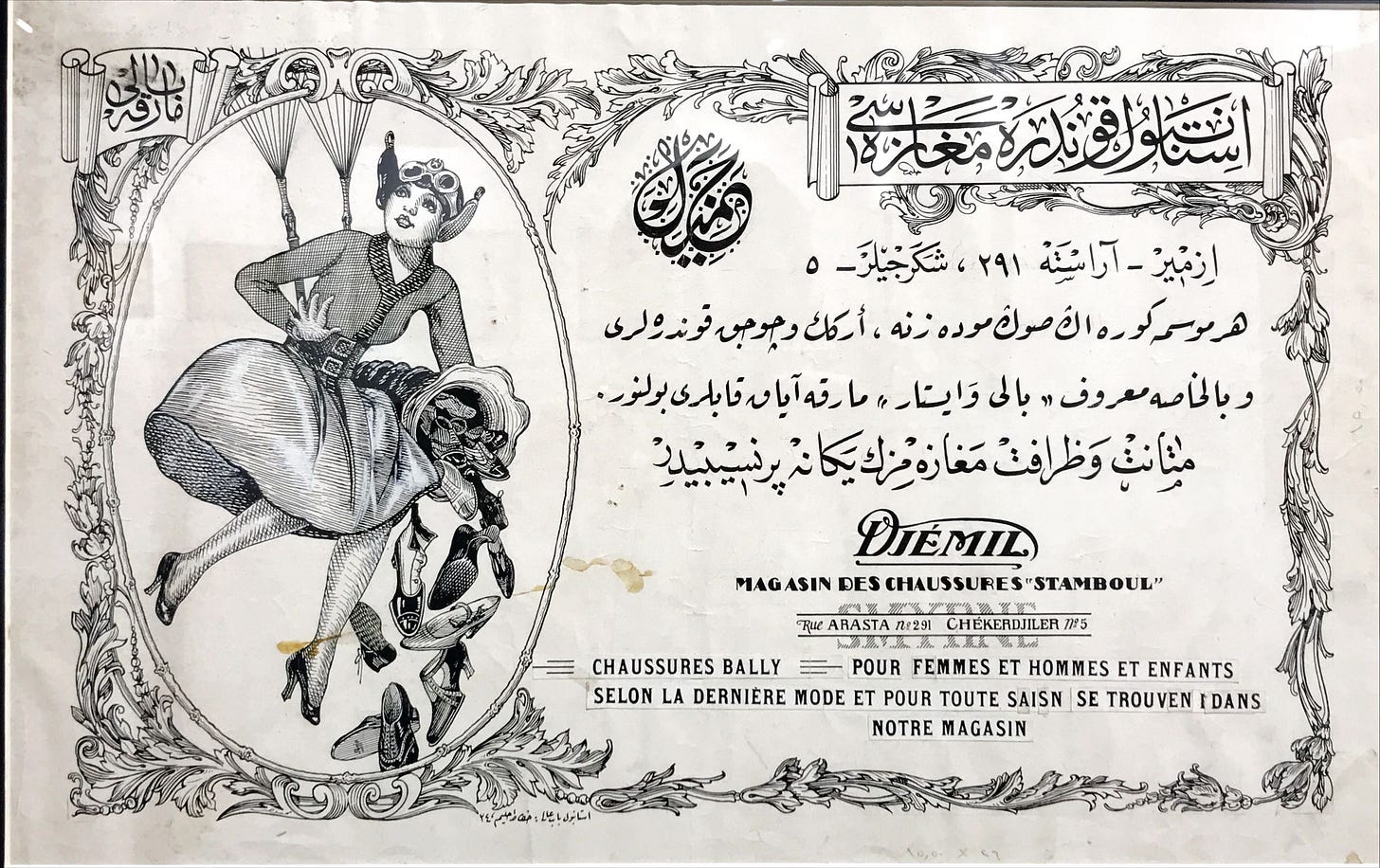
The 1928 alphabet reform posed a significant challenge to all Ottoman calligraphers by replacing the Arabic script with the Latin alphabet. Halim's adaptability was tested, and he excelled by mastering the new script. His ability to transition between scripts ensured that his career continued to thrive even as the cultural landscape of Turkey transformed dramatically.
Conclusion
The early years of Mustafa Halim Ozyazici laid the foundation for a career that would influence the trajectory of Turkish calligraphy. His educational background and early professional experiences honed his skills and prepared him to navigate the significant changes that the Turkish Republic would undergo.
Stay tuned for Part 2, where we explore his later years, including his role in restoring historical inscriptions and his contributions to educating future generations of calligraphers.





